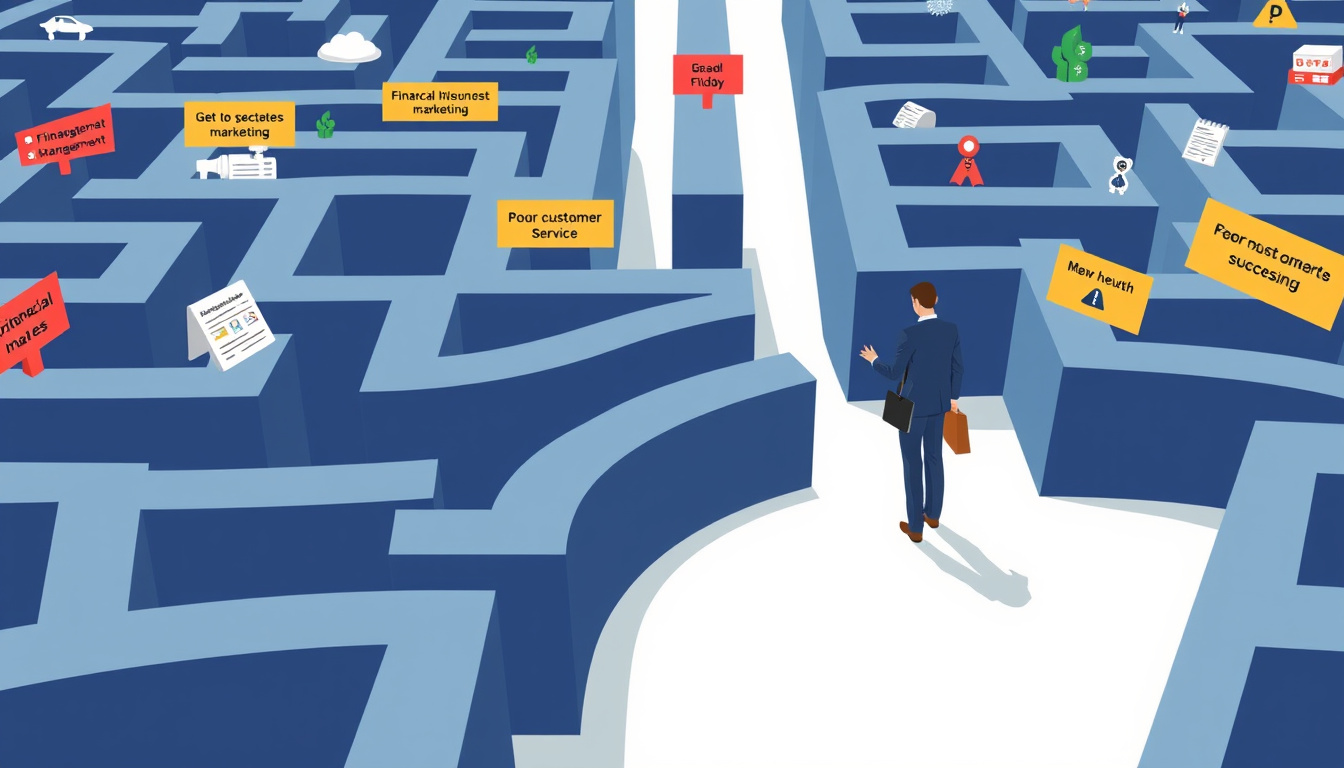
How Tariffs Will Affect the Price of Pet Care
An Overall Impact on Pet Budgets
Pet owners spend money on toys, treats, and medical care for their pets. New tariffs on imported goods now change costs. Tariffs raise prices for food, accessories, veterinary services, and more. Laura Bradley from Kinship warns pet owners to check their budgets. Even small pleasures in pet care may cost more soon.
Understanding Tariffs and Their Implications
A tariff is a tax on imported goods. The tax is a share of the product’s value. When a company imports something, it must pay the tariff cost. Companies then cut back on imports or raise prices. Jessica Roy, a personal finance columnist, compares this to airlines. Airlines began charging for bags when fuel costs spiked, and those charges stayed high. This suggests that pet care costs may also remain high.
Potential Increases in Pet Food Prices
Pet food prices might not jump as high as those for toys or accessories. Matthew MacLachlan from Cornell says the U.S. exports more pet food than it imports. Yet many pet food ingredients come from abroad. For example, ingredients from China face very high tariffs. Sometimes, tariffs top 100%. Hitendra Chaturvedi notes that rising raw material costs add to price changes. Some premium pet foods need vitamins from China. That extra cost increases the overall price.
The Strain on Pet Toys and Accessories
Pet toys and accessories may become much more expensive. About 93% of U.S. pet toys come from China. Tariffs now make these toys cost more. Jessica Roy says buyers may not want to pay a higher price. Producers then worry about whether it is wise to keep making these items. Companies may cut back production. This may lead to shortages.
Rising Costs in Pet Care Services
Veterinary services may not see an instant price rise. However, imported medical supplies will cost more. Christopher Eaglin from Duke says vet offices will face these higher costs, which could raise service fees. Groomers and boarding facilities also see higher prices for supplies. Insurance premiums linked to veterinary services might rise too.
Duration of Tariff Price Increases
No one can say for sure how long tariffs will last. Experts note that political changes can shift tariffs quickly. Christopher Eaglin suggests that price hikes will hold as long as the tariffs do. Once prices rise, they do not drop quickly. Yet Matthew MacLachlan sees hope. New trading partners or more domestic production might ease costs over time.
Proactive Steps for Pet Owners
Pet owners need to plan for higher costs. They can search for deals and compare prices. Looking locally for pet food and supplies also helps. Checking product sizes and ingredient quality is wise. Knowing and understanding these changes lets pet owners adjust their budgets. Even with higher costs, they can care well for their pets.
contact mindful ai media creations here: mindfulaimedia@gmail.com






